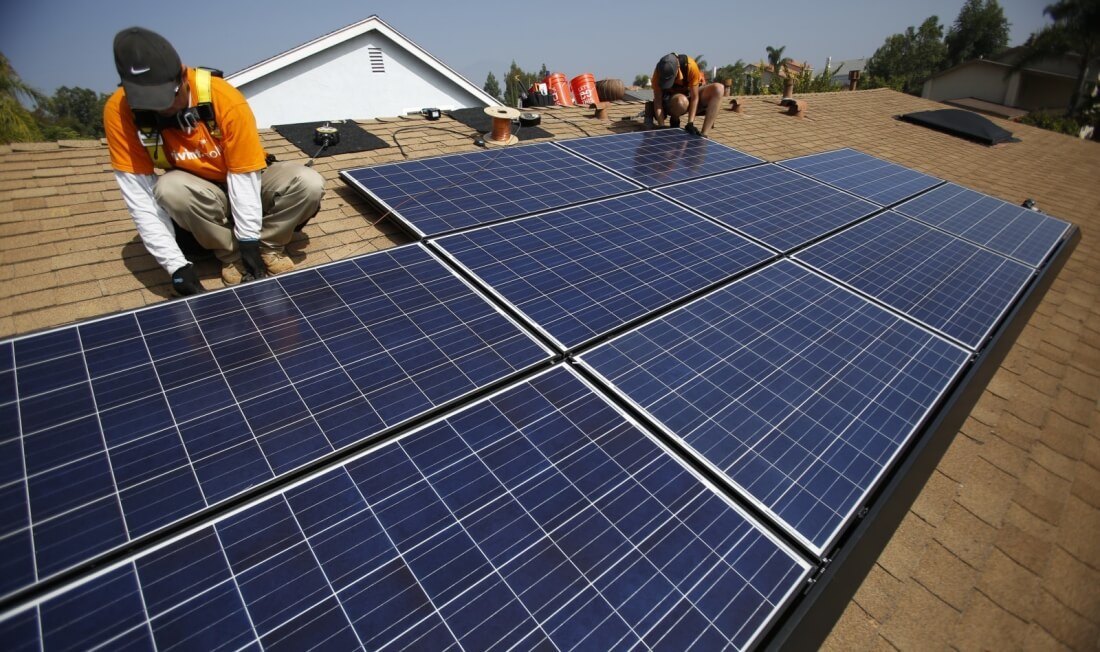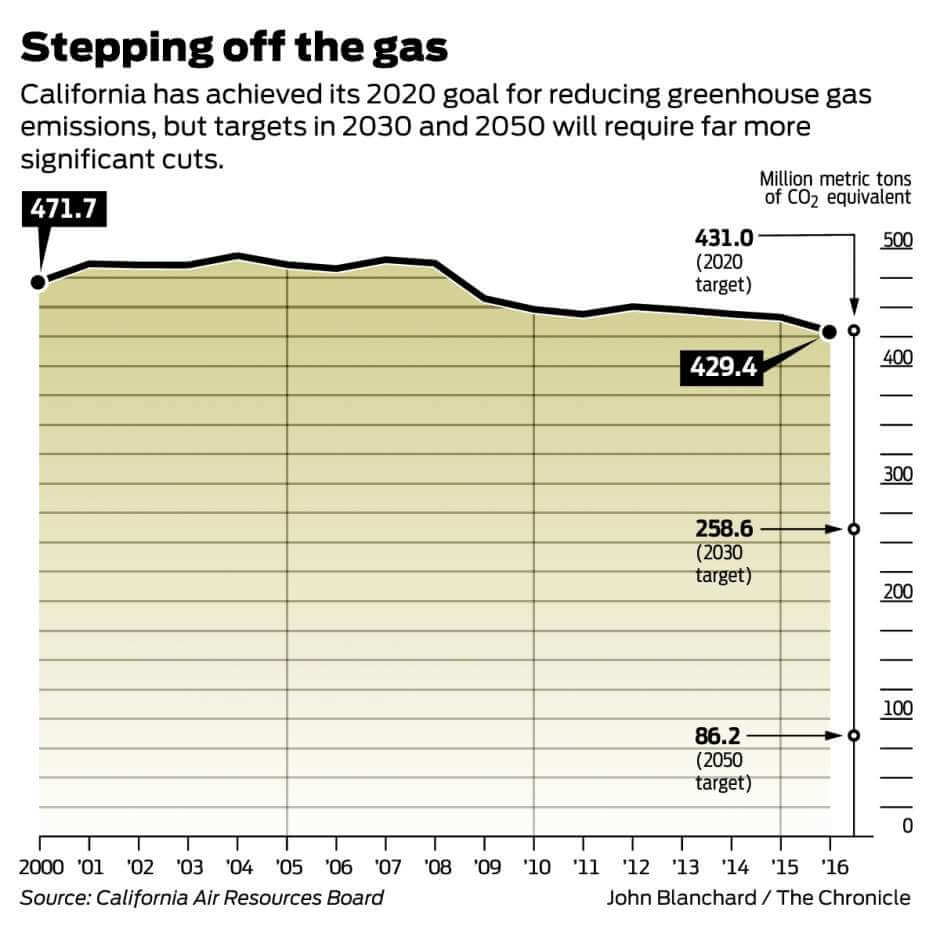That was a very thoughtful response, but I think much of it can be easily refuted. I don't want to come off as a recently converted MSR fanboy because a lot of anti nuke folks are taking the approach of using the fanboy fud meme as the go to put down, ie cargo cult insults. And yes there is plenty of Thorium fanboism around that doesn't help. I have been following and studying reactors for a long time over 40 years including many of the fusion designs going back to early Soviet Tokamaks. I also understand how most of the basic fission & fusion designs work but I work in the semiconductor field rather than nuclear field so I really know why solar and battery tech is a no go at huge scale, just wishful thinking. Folks that dream of a solar future are seeing improvements in phones/computers as an indicator that the same will happen in other fields too, it won't. Moore's law has no application what so ever outside lithography of microchips. If I hadn't been a semi guy, I would be in the nuclear field instead, but the field has been decimated by the opposition of greens.
There have only been tiny incremental improvements to PWR since their origins, the history is well known and was set in motion by Admiral Rickover. He wanted a reactor for subs and ships, the peace time use in power generation was forced by him and others, he wasn't a nuclear expert. The folks at Oakridge developed the MSR based on a chemistry of liquids work much better than solids when nuclear process are destroying the very fuel. Salts are immune to the radiation damage and are an elegant solution to reactor core design, and physics makes it intrinsically load following and safe, no computers needed for fine control, they had none anyway in the 60s. The only concerns I have are with the corrosion aspects, but this was known then and was largely solved with Hastelloy materials. You can look up yourself the work that is going on in MSRs today, but they seem to be woefully underfunded due to the irrational anti science atmosphere prevalent today. MSRs are not some recently cooked up energy scheme, it stands on very solid (um liquid) ground. On the other hand most of the science technology reporting on energy breakthroughs is really just so much wishful thinking, or worse downright wrong or even a scam.
Well familiar with the thaldominide history, that was really a matter of bad greedy business rather than bad science, science is often corrupted by greed. If I had been a little younger, might well have been a victim of that one.
The idea of weight reducing cars seems on the face it to be very good reasoning, Tesla does this with Aluminum. I used to drive a semi plastic Saturn SL1, 3/4 weight car, it did save fuel. Here is a big gotcha. VW tells us on Wikipedia article on embedded energy that a compact steel ICE car has 18,000 kWh(e) in its build cost, that is worth 50,000 miles of driving energy. For a life of 150,000 miles, every car has another 50,000 miles of embedded energy within. it has be, not great, but not terrible. I had great hope for the VW 1L project 2 seater, but lost all respect for VW after diesel gate.
So Tesla has to shave a ton of weight from every one of their cars, they use Aluminum, which has exactly 6* the embedded energy of plain old steel, physics 101. No doubt every high tech part of an electric car is vastly more energy intensive than milling, forming boring steel parts in ICE cars. So does that mean a Tesla car has 300,000 miles of embedded energy on top of 150,000 miles of lifetime driven energy in it, only Tesla would know. 450,000 vs 200,000 total lifetime miles of energy, ouch. That is the very reason why Tesla cars cost so much, the entire supply chain uses far more embedded energy in every part.
You mention composite materials too, these surely can only be even worse than Aluminum, it only makes sense to lighten the car weight if it doesn't make the total lifetime energy use worse, from mining to showroom to recycling. This makes sense in a commercial plane, weight must absolutely be reduced to the bare minimum, but it doesn't follow so in cars. I think the auto guys do actually understand this, wonder materials may be much worse in the long term. Perhaps you are thinking of RMI.
If we really want to reduce fossil fuel use in cars we have to do the unimaginable, build a modern compact East German style Trabby out of biomass materials with a modern small engine (maybe electric low range). Those cars polluted like hell, but they were light, they just needed better engines. They were also death traps, but all was equal, light car on light car accident vs today SUV on light car, the SUV tank always wins. The arrival of self driving cars solves the tiny car death trap problem, but I suspect we will keep going with bigger and heavier SUVs till Florida goes below see level. Funny that Musk wants to put folks into a hyper loop, physics kills it, so says Thunderf00t.
An education in physics is a wonderful thing to stand on but folks just tell me, that's just your opinion, my opinion is just as right with out a scrap of science to back it up.
Actually there are easy answers, we just don't want to follow them, we are living in an age of anti science & Apple/Tesla worshiping. Build a house on the side of hill surrounded by brush fuel, or at sea level, or on sandy ground prone to subsidence, or on dried out wetland, what could possibly go wrong.
I hope you read the David MacKay book on sustainable energy.

